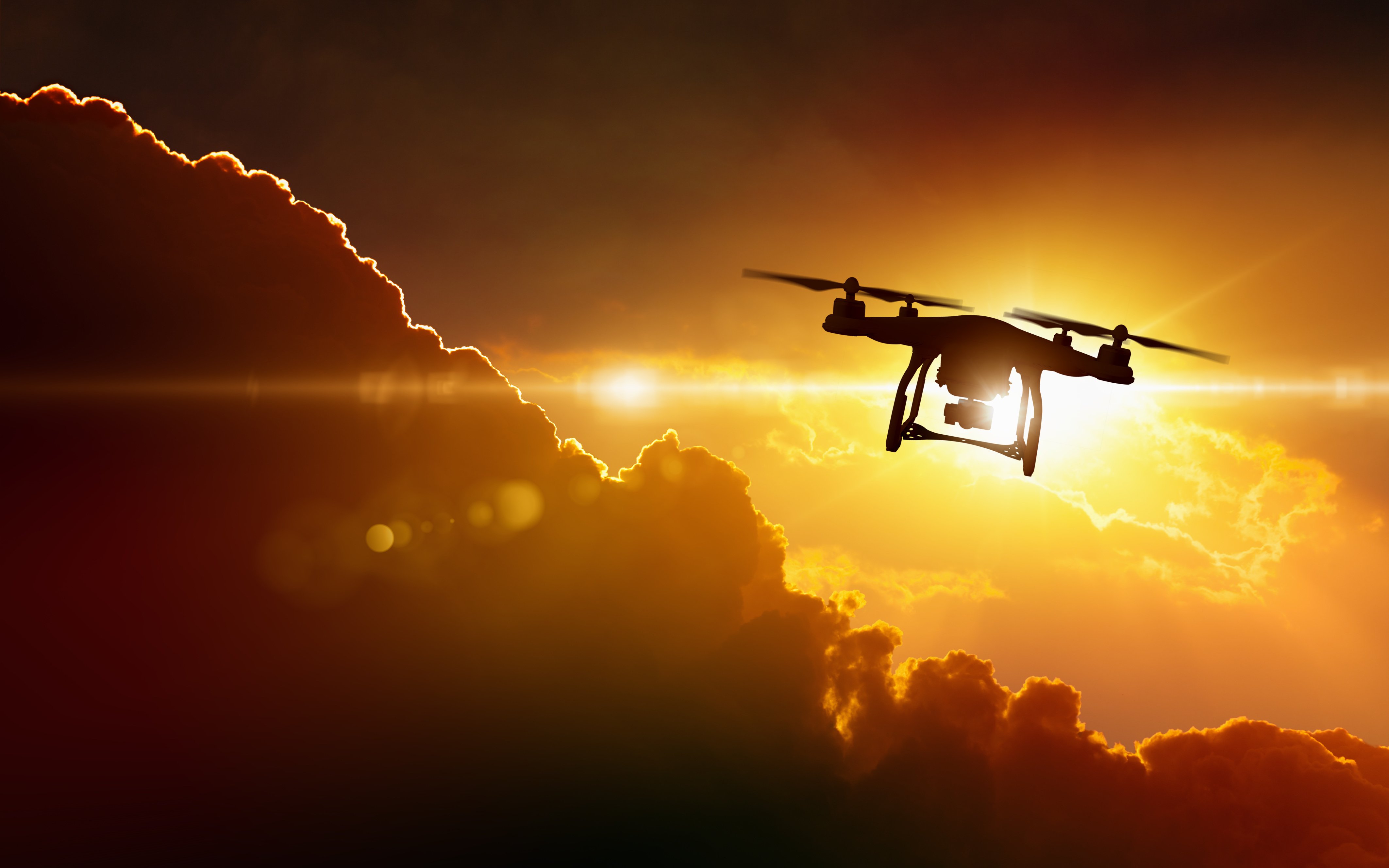From the 31st December 2020, there is no longer a requirement to hold a permission or license to fly a drone for commercial use, however, you may still need a certificate or an authorisation from the CAA to fly your drone in congested areas.
For the purpose of this blog, we are going to be discussing 'Legacy Drones'. These are drones that have not as yet been given a classification from C0-C4. If your aircraft does not have a stamp and/or marking that clearly states that it is a C0-C4 aircraft it is a Legacy Drone.
Let's take a look at when you might need a certificate or authorisation.
I only fly drones that are less than 250g in weight
If you only fly drones that are 250g or less in weight then the only requirement is to follow the drone code, and, if your drone has a camera on it, you will need to get an Operator ID from the CAA.
You must still follow the drone code, however, you are not required to do the free online test to get the Flyer ID.
You must read and understand the user manual for your drone.
You can fly these drones in congested areas (areas used for residential, commercial, industrial and recreational purposes) provided you have permission to fly your drone from the land and you respect people's privacy. See the Information Commissioners Office (ICO) for more regarding privacy and drones.
This falls into what's called the A1 Subcategory of the Open Category.
I only fly drones in rural locations
If your drone is between 250g - 25kg and you fly drones in rural areas (150m away from areas used for residential, commercial, industrial and recreational purposes) you can continue to fly your drone as long as you have both the Flyer ID and Operator ID from the CAA. The Flyer ID is free to get and the Operator ID costs £9.
You must stay a minimum of 50 metres away from any uninvolved people (the public) and you cannot overfly them.
This falls into what is called the A3 Subcategory of the Open Category and there is no 'expiry
I need to fly my drone in congested areas but I don't need to fly over uninvolved people
If your drone is between 250g - 2kg and you want to fly in congested areas, but you don't need to overfly any uninvolved people (members of the public who don't know what you are doing) then you will need to get an A2 Certificate of Competency (A2 CofC).
This is a short online course with UAVHUB which you can start for FREE and only pay for your online examination.
My drone is between 250g-500g in weight
If your drone is between 250g-500g in weight, once you have an A2 CofC, you can fly your drone in congested areas and 'close to people' as long as you don't intentionally overfly them. So you can, for example, fly in a park (provided you are allowed to fly your drone there) and as long as you don't overfly anybody then you can fly your drone!
This falls into what is called the A1 Transitional Category and is applicable until 31 December 2022. After this date, these drones can only be flown in the A3 subcategory of the open category (see above) or with an Operational Authorisation (see below).
My drone is between 500g-2kg in weight
If your drone is between 500g-2kg in weight, once you have an A2 CofC, you can fly your drone in congested areas, however, you must stay a minimum of 50m away from uninvolved people. So you will need a large enough space to make sure that nobody is present within (who is not involved with your flight) to do this.
This is usually ideal for the likes of wedding photographers/videographers as the wedding party and venue can be made 'involved' with the drone flight.
This falls into what is called the A2 Transitional Category and is applicable until 31 December 2022. After this date, these drones can only be flown in the A3 subcategory of the open category (see above) or with an Operational Authorisation (see below).
My drone is over 2kg and/or I need to overfly uninvolved people
If your drone is over 2kg, or if it's between 250g-2kg and you need to overfly uninvolved people then you are going to need an Operational Authorisation from the CAA.
To get an Operational Authorisation from the CAA, you are going to need to firstly get a General Visual Line of Sight Certificate (GVC) from a company such as ourselves.
To get a GVC, you will have to do an online theory course followed by an online invigilated examination. You will need to have an Operations Manual (this is covered as part of the course) and you will need to do a Flight Examination with your drone.
Once you have completed all of these elements of the course, you will be awarded a GVC which will be valid for 5 years. You can then send your GVC and your Operations Manual to the CAA to apply for the Operational Authorisation. This costs £253 to the CAA and it has to be renewed annually.
What can I do with an Operational Authorisation from the CAA
When you apply for the Operational Authorisation from the CAA, you will apply for something called a Pre-Defined Risk Assessment (PDRA). The PDRA that you will firstly get is called PDRA-01 and this grants you authorisation to fly drones between 0-25kg in weight within congested areas, provided that you stay a minimum of 30 metres away from uninvolved people on take-off and landing and then a further 50 metres away from uninvoled people when in flight.
The UK PDRA-01 does allow you to overfly uninvolved people with your drones, provided you can stay that minimum of 50 metres away and you limit the time overflying people (so don't purposely hover over people!).
You cannot fly any higher than 400 feet above the surface.
You have to renew the Operational Authorisation annually and you have to keep flight logs of each flight (hobby or recreational) to show that you have flown a minimum of 2 hours in the last 3 month.
So which is best for me?
Which certificate or authorisation is best for you is down to your requirements. If you only fly relatively small drones then the A2 CofC is perfectly suited. If you want to fly your drones over people (excluding sub 250g drones) then you may need the Operational Authorisation from the CAA.
The choice is more down to your requirements.
You can hold both the A2 CofC and an Operational Authorisation at the same time and take advantage of whichever works best for you for the type of flight you intend to do.
Regardless of which you choose, you don't need a license or permission to operate a drone commercially, it's now simply all based on risk. The greater the risk, the more certification or authorisation you may require.


